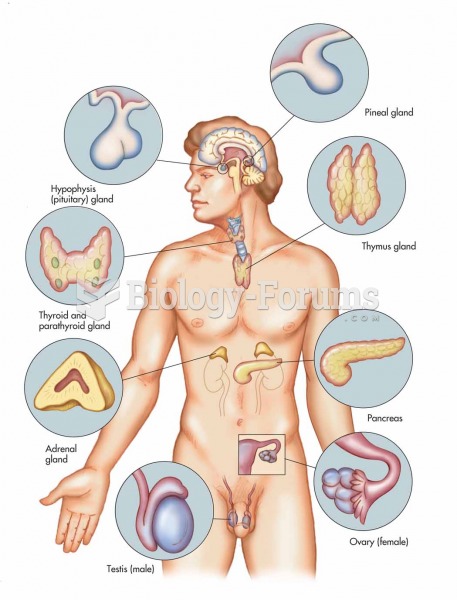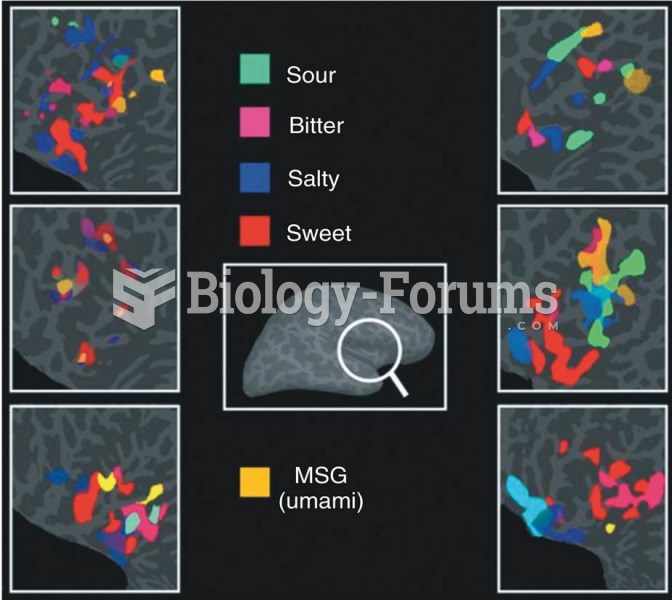Answer to Question 1
B
Feedback
A Incorrect. This is a primary reason, because documentation is necessary to ensure that the team has accurate and complete information about the resident's specific conditions.
B Correct. This should not be the primary motive for the nurse to keep good do-cumentation. However, accurate and thorough documentation is the best defense in the event of legal action against anyone involved in a patient's care.
C Incorrect. This is a primary reason, because documentation enables later-shift nurses to be aware of conditions that develop and actions taken on previous shifts.
D Incorrect. This is a primary reason, because use of standard documentation in applying for reimbursement is a matter of law.
Answer to Question 2
C, E
a. Incorrect. Although this man is at risk for below-normal bone density, the nurse instructs the patient to take up to 500 mg of calcium because the system cannot absorb more than 500 mg at a time.
b. Incorrect. Administering a proton-pump inhibitor is a reasonable nursing intervention for a patient with a history of taking steroids to protect the gastrointestinal tract; however, that is not directly related to preventing the risk of falls.
c. Correct. Participating in a regular exercise program is an important nursing intervention to help prevent the risk of falls for this older adult because he has clinical indicators of com-plications from steroid therapy. Steroids are a common therapeutic regimen used during exacerbations of chronic obstructive pulmonary disease (COPD); and, if needed long-term, steroids can ravage the skin and musculoskeletal system of the patient, causing muscle wasting and osteoporosis. Thus this man is likely to have below-normal bone density, and so the nurse instructs him to participate in regular, progressive exercises and pulmonary rehabilitation to build cardiopulmonary reserve, muscle bulk, and bone density to help prevent the risk of falls.
d. Incorrect. Avoiding sick people is a reasonable nursing intervention to prevent the risk of infection for an individual with COPD.
e. Correct. The nurse instructs the patient to eat a high-calorie, well-balanced diet to provide the body with substrate for tissue building and repair. A higher amount of calories than usual are required because patients with COPD work very hard to breathe and this work requires more calories to prevent tissue atrophy. This helps to prevent the risk of falls by supplying the body with sufficient fuel to sustain activity and by increasing bone and mus-cle density to maintain balance and coordinated movement.
f. Incorrect. The nurse instructs this older adult to cleanse the skin gently and apply an emol-lient lotion to maintain skin integrity.







